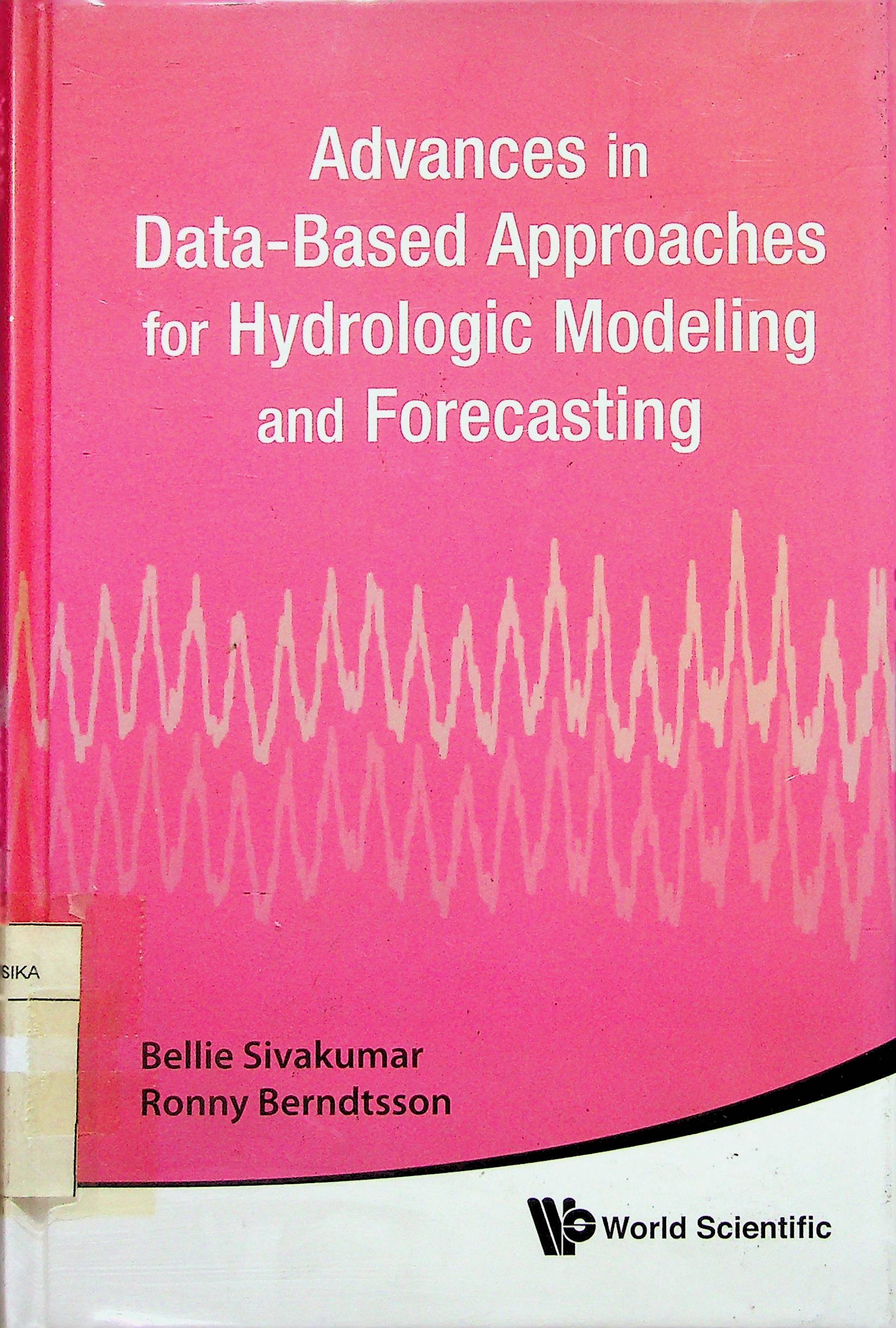The last few decades have witnessed an enormous growth in hydrologic modeling and forecasting. Many factors have contributed to this growth: sheer necessity, pure curiosity, and others. Population explosion and its associated effects (e.g. increase in water demands, degradation in water quality, increase in human and economic impacts of floods and droughts) have certainly necessitated better understanding, modeling, and forecasting of hydrologic systems and processes and increased funding for hydrologic teaching, research, and practice. Technological developments (e.g. invention of powerful computers, remote sensors, geographic information systems, worldwide web and networking facilities) and methodological advances (e.g. novel concepts, data analysis tools, pattern recognition techniques) have largely facilitated extensive data collection, better data sharing, formulation of sophisticated mathematical methods, and development of complex hydrologic models, which have led to new directions in hydrology. The widespread availability of technology, hydrologic data, and analysis toolshave also aroused a certain level of curiosity in studying hydrologic systems, both by trained engineers/scientists and by others. All these have brought about a whole different dimension to hydrologic teaching, research, and practice. There is no doubt that we today have a far greater ability to mimic real hydrologic systems and processes and possess a much better understanding of almost all of their salient properties as well as finer details (e.g. determinism, stochasticity, linearity, nonlinearity, complexity, scale, thresholds, sensitivity toinitial conditions) when compared to not so long ago.An examination of hydrologic literature reveals that there has been, in recent years, an exponential increase in the number of scientific approaches and their applications for hydrologic modeling and
5
Advances in Data-Based Approaches for Hydrologic Modeling and Forecasting
Bellie Sivakumar & Ronny Berndtsson
Penerbit :
World Scientific Publishing Co. Pte. Ltd.
Tahun :
2010
Buku Text
-
No Scan104
-
No Klasifikasi551.48
-
ISBN
-
ISSN
-
No Registrasi37A/IV/2012
-
Lokasi Terbit
-
Jumlah Hal41
-
Label551.48 Siv a
-
Versi DigitalTIDAK
-
Versi FisikTIDAK
-
Lokasi Rak Buku Fisik//
-
Jumlah Exemplar Fisik Tersedia-






